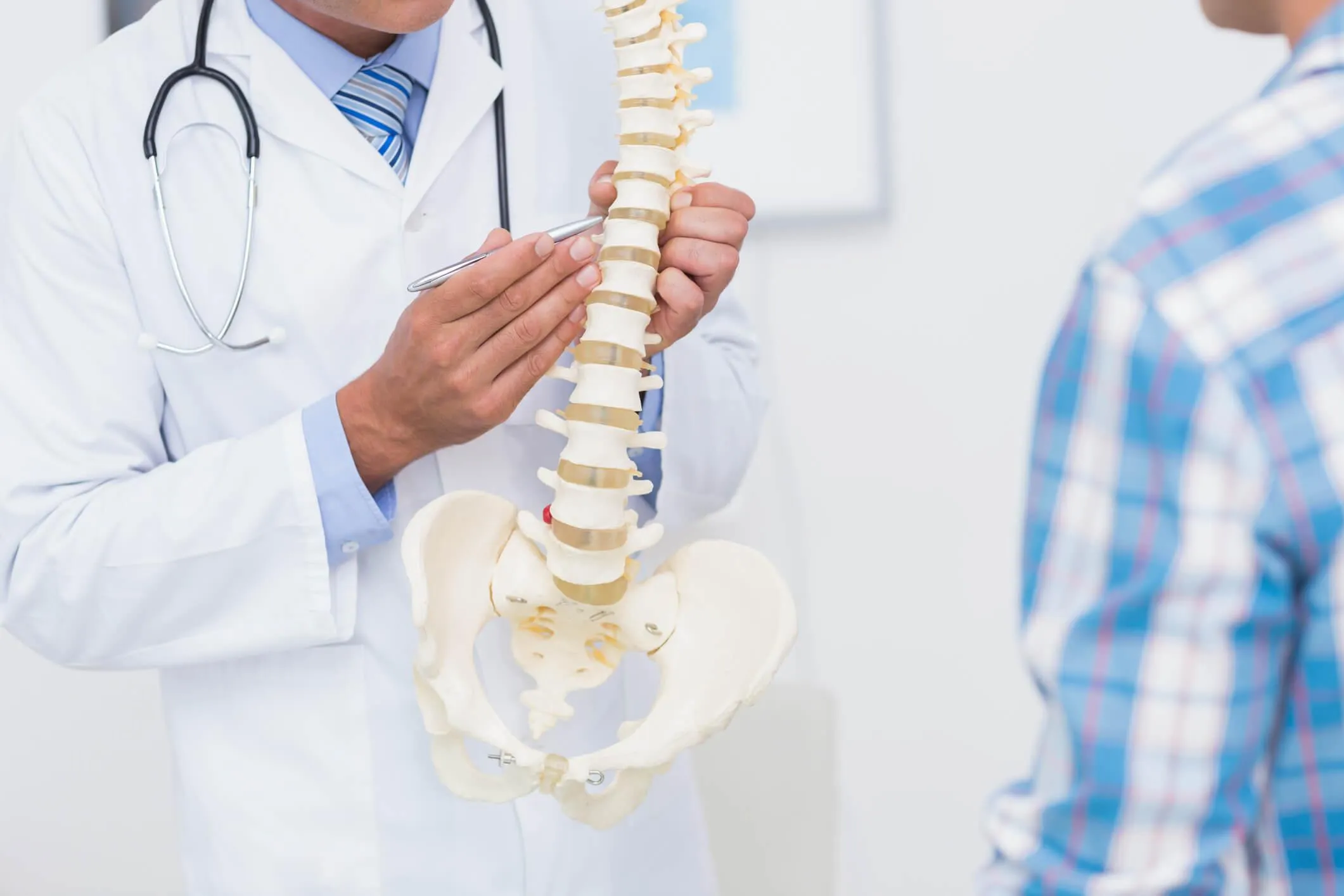Spinal Cord and Spine Surgery
Spinal Cord and Spine Surgery
There are 33 vertebrae in human body from the end of skull to the coccyx; 23 of those vertebrae are mobile. The column formed by those 33 bones are called spine or vertebral column. There is a pillow-like structure, namely intervertebral disc, between each two vertebrae. Spinal cord lies in a canal inside the spine. Similar to brain, spinal cord is also surrounded by a membrane, where the cerebrospinal fluid circulates.

